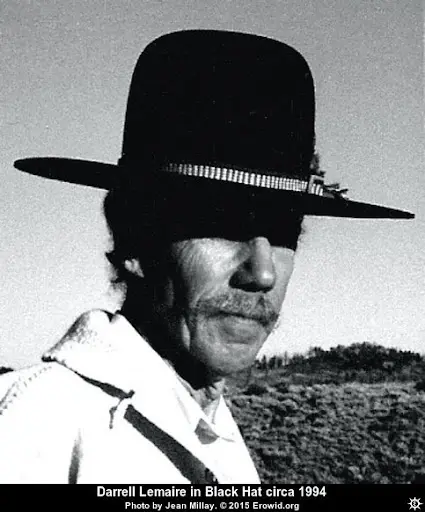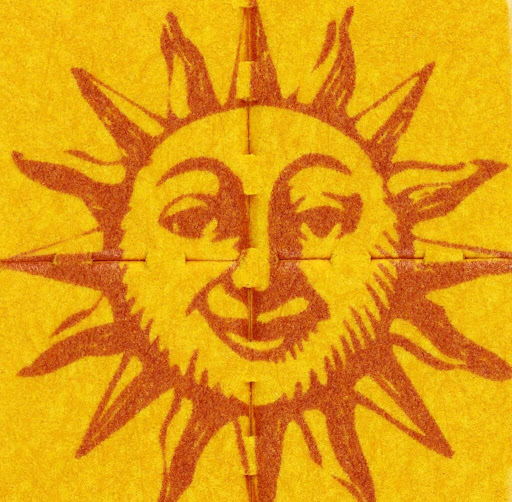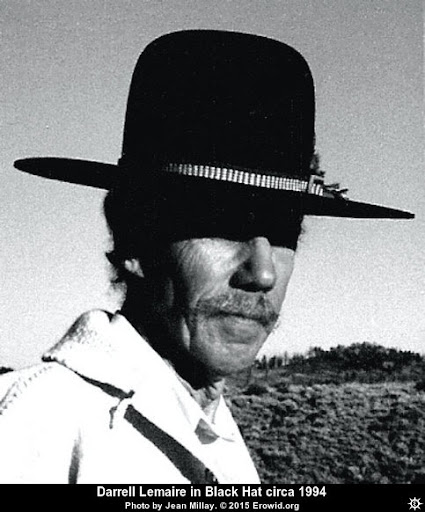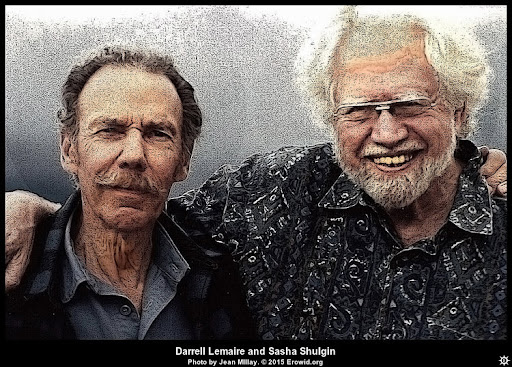Unsung Heroes from Psychedelic History

Introduction
A psychonaut is one who explores, describes, and explains the subjective effects of visionary experiences and holotropic states of consciousness. The psychonaut explores visionary experiences through various techniques, including; ingestion of hallucinogens, fasting, sensory deprivation, hypnosis, trance, ecstatic dance, and holotropic breathwork.
The ayahuasqueros of the Amazon basin, the Lamas of Nepal, and the one who eats psilocybin for exploration can all be considered psychonauts. The experiences and states they enter have more in common than not. A psychonaut is simply one who voluntarily enters a state of consciousness for exploration.
Aldous Huxley, Terence McKenna, Timothy Leary, and Alan Watts take center stage as some of the most popular psychonauts to have ever lived. From Huxley’s beautifully written account of his mescaline experience in ‘The Doors of Perception’ to the sing-song hypnotic prose of Terence Mckenna, the influence these figures have had on psychedelics is unquestionable. Beyond psychedelics, these figures explored the realms of shamanism, metaphysics, culture, technology, environmental degradation, and human’s role in the world.

However, the history of psychedelics is filled with many ingenious psychonauts with whom many are not familiar. Without their exploration, the psychedelic community would not have the current breadth of knowledge, expertise, and tools it has access to today. This article will explore the life’s work and contributions of Tim Scully, Darrel Lemaire, Leo Zeff, and Gertrude Paltin.
I – Tim Scully
Born on August 27, 1944, across the bay from San Francisco, Robert ‘Tim’ Scully displayed inquisitiveness at an early age. He had an affinity for natural science, and in high school, he designed and built a small computer and spent summers working at the Lawrence Berkeley Laboratory on physics problems. After high school, Tim Scully joined U.C. Berkley in 1962 to major in mathematical physics. However, after his sophomore year at U.C. Berkley Scully took a leave to serve as an electronic design consultant. During his leave, Tim Scully had a life-changing first dose of LSD. Later in an interview with the Verge, Scully recounted his realizations during his first trip;
“Taking LSD redirected my life within a matter of a couple of hours. I was going to go into government-supported research, that’s what my father wanted for me and my brother. My brother followed the script, but after taking LSD I immediately decided that the most important thing I could do with my life, the thing that would help other people the most, would be to try to share this experience.” – Tim Scully
After his trip, Scully realized that LSD would soon become illegal and the only option was to become an underground chemist. With Nick Sand and Owsley ‘Bear’ Stanley, Scully spent years opening various labs in California to Colorado. Under Owsley’s guidance, Tim Scully developed a method of LSD synthesis which produced some of the purest LSD ever made, 99.9% pure in fact. By the summer of 1969, Tim Scully and Nick Sand produced over 3.6 million tabs of LSD, popularly known as ‘Orange Sunshine’. It is not an overstatement to say that the summer of love was fueled by the work and sacrifice of Tim Scully, Nick Sand, and those who played a significant role in the production and distribution of Orange Sunshine.

In May 1969, Scully retired from clandestine chemistry and decided to pursue electronic design, forming his own corporation ‘Aquarius Electronics’. Despite Scully’s retirement, the U.S. government was already building a case against Scully, Nick Sand, and the distributors of LSD. In 1974, Tim Scully was convicted and sentenced to 20 years in prison for his clandestine psychedelic work.
During his time in prison, Scully obtained a Ph.D. in psychology from the Humanistic Psychology Institute and helped design and build biofeedback and interface systems for the non-vocal handicapped. Fortunately, Scully’s sentence was reduced to 10 years and he was released from prison on parole in August 1979.
Following his release, Scully spent time as a lecturer in parapsychology at The John F Kennedy Institute, held a part-time appointment as an assistant research psychologist at the University of California San Francisco’s Langley Porter Psychiatric Institute, and founded a company by the name of Pacific Bionic Systems. Who says you can’t be a psychonaut and a productive member of society simultaneously?
Tim Scully’s life can be seen as a gift of gratitude and servitude. His risky endeavors all shared the underlying theme of wanting to inspire a sense of interconnectedness, unity, and love. Scully’s role in the summer of love and the ‘turning on’ of American society during the 1960s cannot be understated. Psychonauts across the world owe a debt of gratitude to the work of Tim Scully.
“From studying physics I knew from a relatively early age that what seems to be solid matter is mostly empty space. I knew that photons can be looked at as either particles or as waves. Before I took LSD I was attracted to the theoretical idea which I described regarding the Schrodinger wave equation and the immersion of every particle in the universe in a sea of waves associated with every other particle in the universe. But there’s a big difference between a theoretical notion and a very intense transcendental experience. My LSD experiences have left me with the firm conviction that on a deep level everything is interconnected. When I think about death and dying they are no longer so frightening because I imagine that I will simply return to being one with everything.” – Tim Scully said in an interview.
The Sunshine Makers is a phenomenal documentary exploring the lives of Nicholas Sand and Tim Scully.
II – Darrel Lemaire

Born in Reno, Nevada in 1926, Darrel Lemaire is perhaps one of the most overlooked psychonauts in history. As a child, Lemair spent many summers with his grandparents in Battle Mountain helping his grandfather with mining prospects. At an early age, Lemaire learned how to pick, shovel, use a drill, and use blasting powder.
Lemaire obtained a B.S. in Chemistry from the University of Nevada in 1950, followed by a masters in metallurgical engineering from Mackay School of Mines (1954). Lemaire designed and operated his own milling plant and eventually sold it to work at a Uranian processing plant in Arizona.
The story goes that while Lemaire was working at a Navajo reservation, one of his white co-workers pointed out in an insulting manner that some of the co-workers consumed Peyote. Lemaire didn’t understand the insult, since these ‘Peyote-eaters’ were among the most hardworking and honest workers at the plant. And thus, a fascination with Peyote and other psychoactive substances was born.
Lemaire lived a successful life. He developed, built, and sold mercury detectors. After selling his thriving business, Lemaire settled in Reno and retired at 42. With his newfound free time, Lemaire began to study psychoactive substances. He was disheartened by the spotty black market for psychedelics and decided to manufacture his own medicine.
In 1975, Lemaire was amongst three chemists (the other being David Nichols and Sasha Shulgin) who were inspired, independently, to synthesize and bioassay what they suspected might be a psychoactive drug with interesting effects: 3,4-methylenedioxymethamphetamine, also known as MDMA.

Lemaire and Shulgin met and became friends in the early 1980s. With Shulgin’s encouragement, Lemaire helped medical doctors who wished to manufacture MDMA for use in their psychotherapeutic practices.
In the early 80s, Lemaire manufactured at least 19.5 kilos of MDMA in an underground ‘wine cellar’, repurposed as an MDMA-synthesis lab, as well as many other psychoactive substances that were legal at the time. In 1986, he was forced to shut down his lab after the US government enacted the Controlled Substance Analogue Enforcement Act, marking another big step towards prohibition of psychoactive substances and psychedelics.
Lemaire’s contributions to the psychedelic field were written under the pseudonyms ‘Lazar ‘and ‘Hosteen Nez’. In a self-published underground pamphlet titled ‘Certain Exotic Neurotransmitters as Smart Pills or Compounds that Increase the Capacity for Mental Work in Humans’, Lemaire described the unique effects of 2C-D and its ethoxy analogs. It’s telling of Lemaire’s forward thinking ability that use of terminology like “smart pills” and the idea of using substances to increase productivity is now ubiquitous in the nootropics and “bio-hacking” communities, many decades later.
Lemaire continued to work in pharmacology to the end of his life, including involvement in the discovery of a cancer treatment Salicinium, which continues to be used in the treatment of cancer to this day.
Lemaire himself died in 2019, after a battle with cancer.
